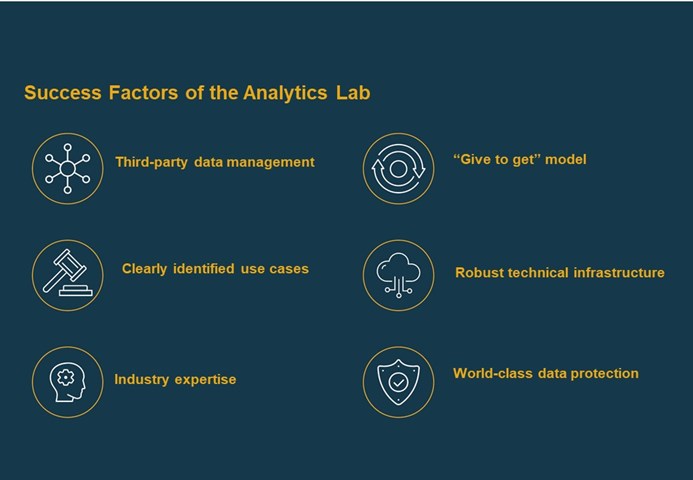1 minute read
Data consortiums: in our opinion, the best way for oil and gas companies to get the most out of the data they collect. Run well, consortiums can reveal insights that have a sustained, positive impact on business decisions. But they also require a clear set of ground rules and contributions from many different parties.
What are the six most important factors for success?
1. Get a third party involved
From the outset, it’s vital to bring in an independent third party. That way, consortium members can rest assured the analytics are statistically sound and prepared without bias.
2. Focus on industry-wide problems
Consortium members must agree on how their data will be used so that the consortium can focus on areas that are of mutual benefit. That will allow the consortium to focus on the most critical industry problems.
3. Rely on the experts
The oil and gas industry is immensely complex. Making sense of the data requires equal doses of both technical and industry knowledge. Data scientists and industry experts need to work together to ensure that data is properly curated and engineered so that it is always analytics-ready.
4. Follow the principle of ‘give-to-get’
A consortium will only work if each member derives mutual benefit. Data consortiums need to be set up along the lines of a ‘give-to-get’ principle, where members know who the other members are, and only those with enough data to contribute can join.
5. Source technology sophisticated enough to crunch petabytes of data
Data consortiums need robust technical infrastructure. Well logs, seismic data and sensor channels are massive files. Multiply this by the number of contributors in the consortium, and the need for a major data management operator sophisticated enough to crunch these kinds of numbers becomes clear.
6. Data security is paramount
Oil and gas companies might rank sharing data as an unnecessary risk. But this can be mitigated by world-class data protection software.
The industry can learn from banking and insurance, where consortiums handle vast amounts of extremely sensitive data, such as personally identifiable information, every day. By applying the same practices, members can rest assured that proper data handling, storage, and privacy are in place.
A successful consortium requires time, effort and collaboration from multiple parties. But it also presents an enormous opportunity to deliver insights at a level that will help to unlock the oil and gas industry’s potential.
This report is part of Wood Mackenzie’s series on data management best practice. In a recent presentation at the 24th annual Petroleum Networking Education Conference and Exhibition, Preston Cody looked at how a data consortium could add value to the upstream industry. Fill in the form on this page to receive a copy of his presentation deck.








